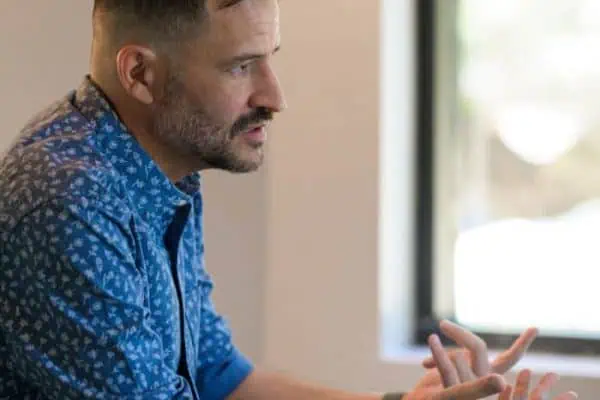By William Schroeder
Prescription drugs are essential for managing health conditions, but costs can add up quickly. In 2024, Americans spent an average of $4,500 per person per year on prescriptions, and Texas ranks among the highest states for out-of-pocket spending .
Whether you’re insured, uninsured, or somewhere in between, these research-backed strategies—plus Central Texas-specific resources—can help you save money and reduce stress about medication costs.
1. Start With Your Prescriber
Your prescriber is your first line of defense against high costs:
- Ask about generics: Generics work the same as brand-name drugs but can cost up to 85% less .
- Review your full medication list: Over time, some drugs may no longer be necessary, or alternatives may be cheaper.
- Discuss pill-splitting: In some cases, higher-dose tablets can be safely split, reducing costs. Ask first—some drugs (like extended-release) aren’t safe to split.
- Request samples: Doctors often have samples for brand-name medications, which can buy you time to secure long-term savings.
2. Compare Pharmacies and Prices
Prices for the same drug can vary dramatically between pharmacies .
- Use price-comparison tools: GoodRx and SingleCare show local pricing and coupons.
- Consider warehouse clubs: Costco and Sam’s Club pharmacies often offer lower prices, and in Texas, you don’t need a membership to use their pharmacy.
- Ask about paying cash: Sometimes paying out-of-pocket is cheaper than using insurance.
- Check every bill: Errors happen—especially with brand vs. generic substitutions. Always ask for an itemized receipt.
3. Tap Into Patient Assistance Programs
If your medications are still unaffordable, explore patient assistance programs (PAPs):
- NeedyMeds: A national directory of manufacturer and nonprofit programs to reduce or eliminate drug costs (NeedyMeds.org).
- Partnership for Prescription Assistance: A program that matches patients to savings options (PPARx.org).
- Manufacturer discounts: Many pharmaceutical companies provide direct discounts for eligible patients.
4. Central Texas Local Resources
If you live in Austin or the surrounding area, local nonprofit programs can help bridge cost gaps:
- MAPS (Medical Assistance Program Services): Operated by Central Health, MAPS provides discounted or free medications to qualifying Travis County residents. They work directly with local pharmacies to reduce prescription costs.
- People’s Community Clinic: Offers affordable primary care and assistance with medication costs for uninsured patients (PeoplesClinic.org).
- Austin Resource Center for the Homeless (ARCH): Provides prescription support for individuals experiencing homelessness (Front Steps).
- Texas Rx Card: A free statewide discount card that works at many major pharmacies (TexasRxCard.com).
5. Try Mail-Order and Online Pharmacies
Mail-order pharmacies can provide 90-day supplies at a lower monthly price, often with free delivery:
- Check insurance mail-order options: Many insurers incentivize mail delivery.
- Use only verified pharmacies: Look for the VIPPS seal or pharmacies ending in “.pharmacy” to avoid counterfeit medications.
- Plan ahead: Mail-order can take 1–2 weeks to process, so order early to avoid gaps in medication.
6. Get Advice From Your Pharmacist
Pharmacists often know cost-saving strategies your doctor or insurer might not mention:
- Ask if there’s a therapeutic alternative (same treatment effect, lower price).
- Request to see cash vs. insurance pricing.
- Build a relationship—independent pharmacies can be more flexible on price than chains.
7. Stay Ahead of Price Changes
Drug prices, insurance formularies, and coverage terms change often. Being proactive helps:
Budget for annual changes: Prescription costs often rise in January, so review and plan early.
Re-shop your insurance: Each open enrollment season, review your prescriptions against your plan’s formulary.
Use Consumer Reports’ drug guides: Consumer Reports Best Buy Drugs compares effectiveness and cost for common medications.
Bottom Line
Medication costs can feel overwhelming, but there’s a systematic way to fight back: start by talking with your provider, compare pharmacy pricing, use local programs like MAPS, and explore national discount resources.
At Just Mind Counseling, we know mental and physical health are deeply connected, and prescription costs can be a barrier to care. We encourage everyone to advocate for themselves, stay informed, and use the many tools available to make treatment more affordable.
──────────




